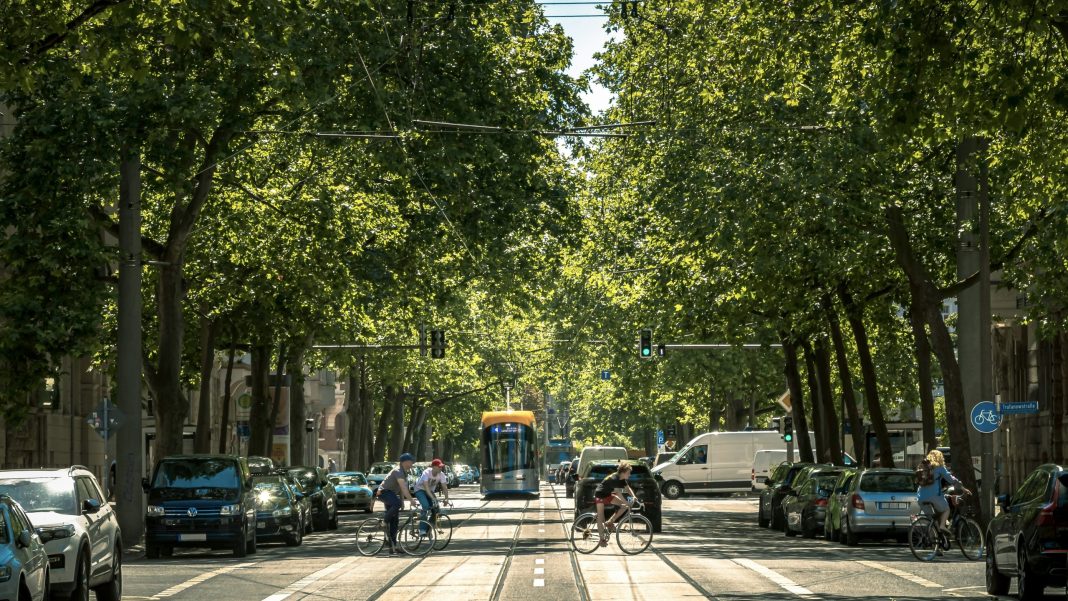If you go to a city park on a hot, summer day, you might sit under a big, shady tree to cool off.
But that tree is helping you beat the heat, even when you’re not standing directly under it.
One study found that on very hot days, greener areas of Baltimore and Washington, D.C. can be more than 15 degrees cooler than areas of those same cities with fewer trees.
And research from the nonprofit American Forests has found similar patterns in cities as diverse as Las Vegas, Minneapolis, Denver, and Atlanta.
One reason for this dramatic difference in temperatures is that dark-colored roads and rooftops get scorchingly hot when the sun shines down on them. Then those surfaces release the heat they’ve absorbed back into the surrounding air.
By shading streets and buildings, trees help keep those surfaces from getting so warm.
They also help cool the air around them by taking water out of the ground and releasing it through their leaves as water vapor, a process called transpiration.
So shade trees are a pretty “cool” way to fight urban heat. And by planting them in areas with little tree cover, cities can help ensure that all residents can find relief as the climate warms.
Reporting credit: Ethan Freedman/ChavoBart Digital Media
We help millions of people understand climate change and what to do about it. Help us reach even more people like you.


